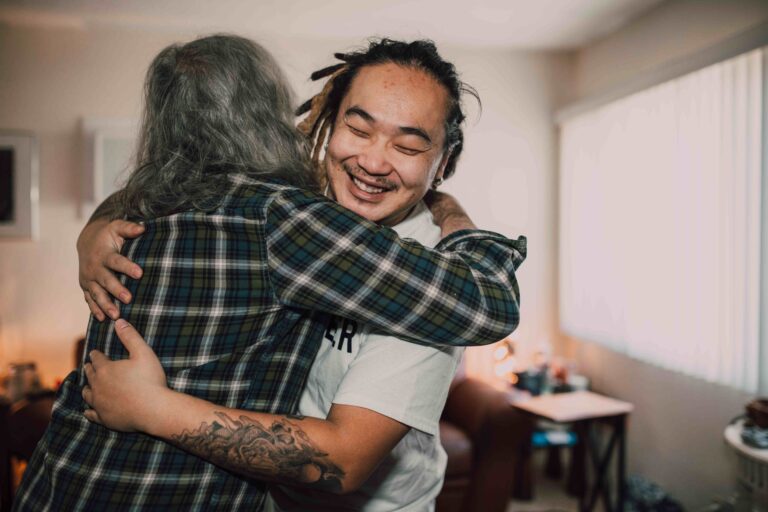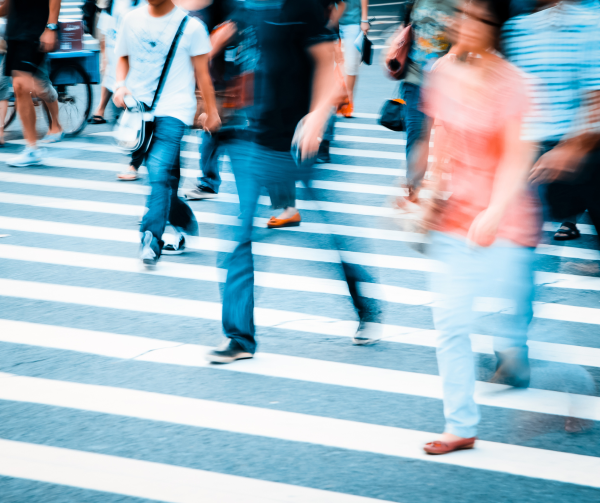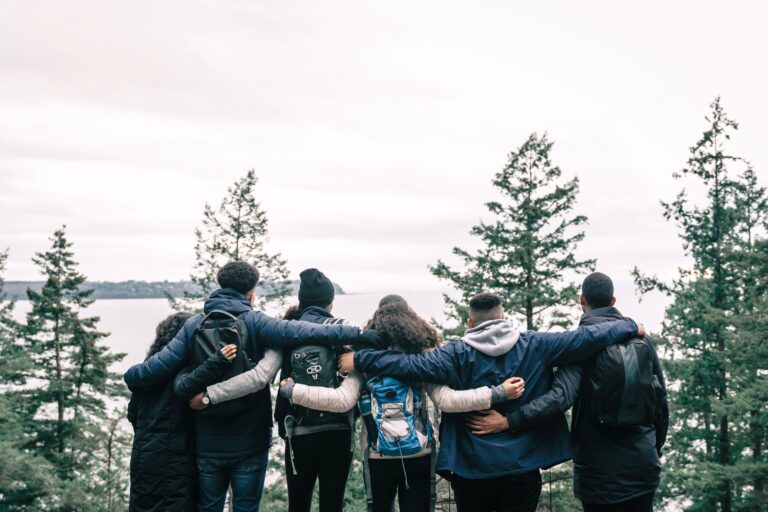26 September 2017
Choosing to See
By Erin Welk, Civic Social Innovation Lead, Urban Matters
What happens if those of us trying to support vulnerable people don’t see them?
Recently I had the privilege of spending some time with a gentleman who is part of CMHA’s Housing First initiative here in Kelowna. He shared his stories. Parts were heart wrenching. Parts were positive and so hopeful. We have many, many caring people and organizations in our communities supporting those who need help.
At one point in our conversation my new friend shared his perspectives from his times sleeping rough. Of all the hardships and disappointment he outlined, what struck me most was his intensity describing feeling invisible. People walking by looking right through him. Invisible. He told me that sometimes he knew he looked terrible, unacceptable to what society considers normal or acceptable. And when he was doing something he knew was wrong, like smoking dope, he would take cover in an alley. Out of sight. Hiding. But then, no one knew he was there. Invisible, again.
Silence. I didn’t know how to respond to this very real, very vulnerable man sharing his experiences. It made me think about all of those times I’ve chosen not to see. To look away.
His stories made me think about our work to launch social ventures that directly serve the needs of vulnerable people. People just like him. As an intermediary organization, we offer social innovation readiness consulting to help governments, community organizations and private companies deliver greater social impact. Typically, our work is at least one step removed from grass roots impact.
But it is easy to get stuck. Stuck within the halls of government. Trapped in policy and strategy. Cornered by a business model.
My conversation served as a reminder. I will see.




